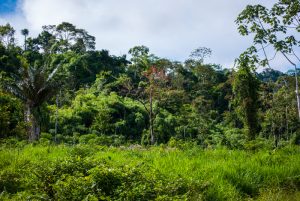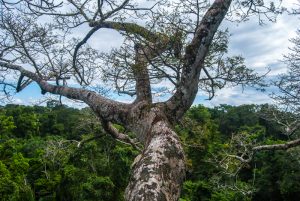How Gold Fever Becomes Metal, Mining near Cuzco

From ancient times mining has been important to the Peruvian economy. It has also been controversial. Today, both large-scale legal mining, and smaller scale informal mines operate and involve difficult and exhausting working conditions, as well as major environmental damage.
Today, gold mining in the jungle lowlands of Madre de Dios pulls people from the Inca capital with the hopes of making money. But the work is hard and filled with complications, as well as failures, as in gold rushes elsewhere.
To extract the gold, most miners rely on hand made tools. They find the gold in river waters and in sands on the sides of hills. Some miners do enter the earth, like gophers, in search of this demanding and desired metal.
Some of the tools used are:
- The zaranda (a screen for sifting earth or sand). It is made from a cut and flattened cylinder, one of whose ends is bent 20 centimeters upward while the other end is bent 20 centimeters downward. In its flat area it has lots of holes that serve to sift out small material along with water. Everything else is thrown away.
- Tolva. This is a plank that is 2.5 meters long, 1 meter wide, along with two planks that are the same length and 10 centimeters wide so that the material does not wash off. It reaches the ground.
- Two caballetes (sawhorses), one of which is 1.50 meters tall and the other is 1 meter tall. These support the tolva. The tall one is at one end, while the zaranda is placed above the tolva and the other caballete is placed under the tolva at its midpoint, so that it declines. Above the tolva is placed a plastic sheet that runs to the end. Above this a layer of granulated yute (a fiber) which serves to keep the fine sand and the gold together.

All of these tools together permit the workers to extract gold by hand. They find different ways forms of working with these tools.

Two people tend to work the tolva. They are called cascajero and aguatero. The cascajero (or gravel-man) is in charge of throwing the larger rocks from the zaranda, while the aguajero (or water-man) is responsable for spraying water from a hose to make the material flow continuously.
Four people with wheelbarrows bring material. They push it up a ramp in order to toss it onto the zaranda.
They shake out the mutes on the plastic. They do this once at 10 am and then again at 1 pm. This is so that the gold will not “blow away”. that is flow away from the fibers.
At 4 pm the shake it again in order to clarify the gold. They trow fresh water on it so that the lama, the fine sand that does not go away, will separate from the arenilla negra, the dark fine sand. They then take the dark sand to be azogueada, to be mixed with mercury.

The black sands are placed in a wheelbarrow where mercury is added. It is then mixed for some 40 minutes approximately. After mixing, it is taken to the edge of the river and placed in a conical pan which has a hole in its center. The gold will stay in it when the pan is shaken in circular fashion while the sand will go out the hole. The weight of the gold and mercury, now joined, keeps it from passing through.
The extracted gold is then placed on a cloth of cotton which is then turned to press out liquid. The gold and just a little bit of mercury remains. This permits the gold to be moldable.
Generally the gold is shaped into the form of a wafer which is then placed in a tunafish can. This is placed over a fire so that the mercury will smoke away and the gold remain.
This gold has 18 to 20 karats and is ready to be sold.
This process is hard work and is done everyday by workers from Cuzco. With the advance in machinery and the development of new tools, this technique is slowly disappearing and gold is more easily mined.

But you will still find this artisans mining in some places such as at the head waters of the Colorado, Punquiri, and Mazuco Rivers in Puerto Maldonado, places where higher technology has still not entered.
Not only is this hard work, but the mercury is extremely damaging to the health of the workers and the river systems. The mining, as a result, along with wood extraction, has a harsh impact on wildlife. As a result, it destroys the basis of life for un-contacted tribes forcing them out of the jungle.
On the other hand, the demand for good jobs and money is so high that it keeps a constant flow of miners going into the jungle in hopes of making a success. This is one of Peru’s contemporary dramas.




